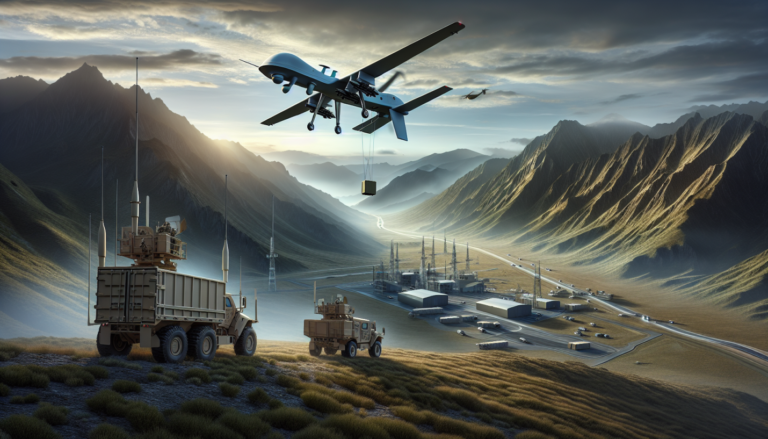What are the 5 Types of Alarm Systems?
In an ever-evolving world, security remains a paramount concern for individuals and businesses alike. Alarm systems play a crucial role in safeguarding homes, offices, and various establishments against potential threats. These systems have come a long way from simple bells and whistles and have diversified into several types to meet specific security needs. In this article, we’ll explore the five main types of alarm systems that are widely used today.
- Intrusion Alarm Systems:
One of the most common and traditional types of alarm systems is the intrusion alarm system. These systems are designed to detect unauthorized entry into a building or restricted area. Intrusion alarms often include sensors on doors and windows, motion detectors, and glass break detectors. When an intrusion is detected, the system triggers an alarm, which can be audible, silent (alerting a monitoring service), or both. Modern intrusion alarm systems can also send alerts to homeowners’ smartphones or other mobile devices, allowing for real-time monitoring and control.
- Fire Alarm Systems:
Fire alarm systems are vital for early detection and response to fires, safeguarding lives and property. These systems typically include smoke detectors, heat detectors, and fire alarms strategically placed throughout a building. When smoke or elevated temperatures are detected, the system sounds alarms and may also alert a central monitoring station or emergency services. Fire alarm systems are crucial in commercial and residential settings, ensuring rapid evacuation and fire suppression when necessary.
- Carbon Monoxide (CO) Alarm Systems:
Carbon monoxide is a colorless, odorless gas that can be lethal when inhaled in high concentrations. CO alarm systems are designed to detect dangerous levels of carbon monoxide in indoor environments. These alarms use sensors to monitor CO levels and sound a warning when they reach a hazardous threshold. Given the silent nature of carbon monoxide, these alarms are crucial for protecting occupants from a potentially deadly threat.
- Environmental Alarm Systems:
Environmental alarm systems are designed to monitor conditions beyond intrusion, fire, or carbon monoxide. These systems can include sensors for various environmental factors such as temperature, humidity, and flooding. They are commonly used in settings where these conditions can have significant consequences, such as data centers, museums, and industrial facilities. For example, a temperature alarm system in a museum can help protect valuable artifacts by alerting staff to sudden temperature fluctuations that could be detrimental to the exhibits.
- Medical Alert Systems:
Medical alert systems are specifically designed to assist individuals who require immediate medical attention or assistance in case of emergencies. These systems often consist of wearable devices equipped with a panic button. When the button is pressed, a signal is sent to a monitoring center or a predetermined contact, alerting them to the user’s distress. Medical alert systems are particularly valuable for seniors or individuals with medical conditions, enabling them to live independently with the peace of mind that help is just a button press away.
Conclusion
In conclusion, alarm systems have evolved to cater to a wide range of security and safety needs. The five types mentioned above—Intrusion Alarm Systems, Fire Alarm Systems, Carbon Monoxide Alarm Systems, Environmental Alarm Systems, and Medical Alert Systems—offer various layers of protection, from deterring burglars and mitigating fire risks to safeguarding against deadly gases and ensuring prompt medical assistance.



